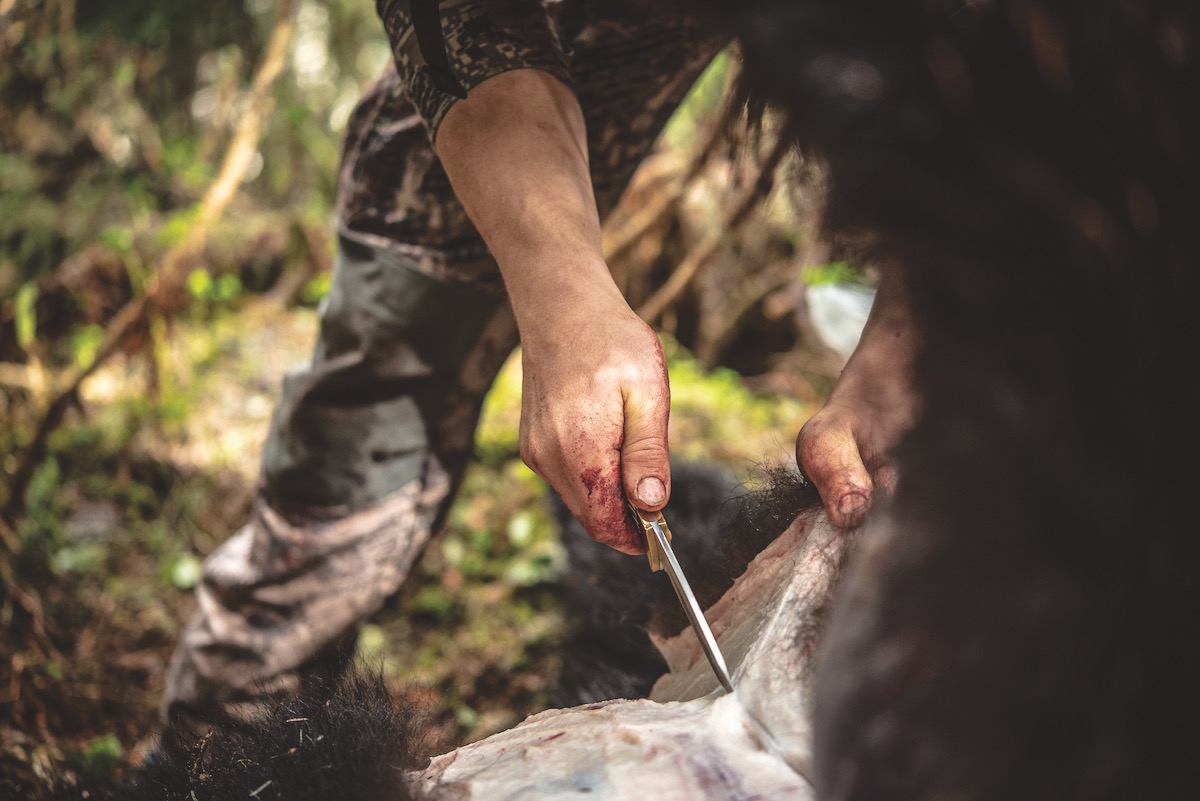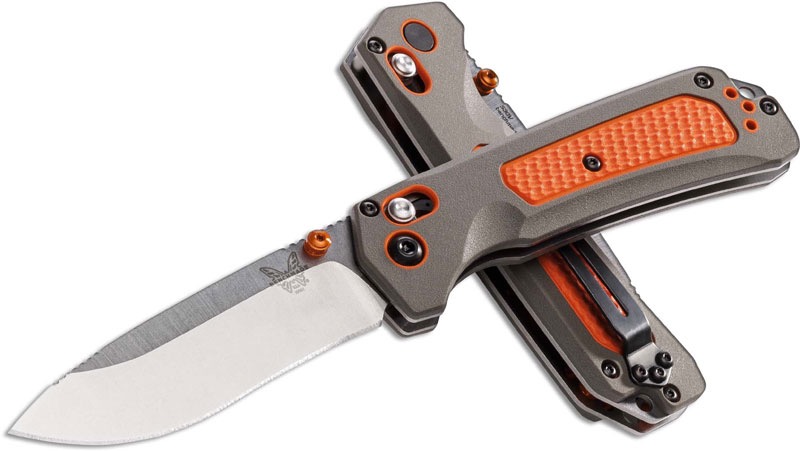ON THE EDGE
Knife knowledge is the key to choosing the right big-game blades
Advertisement
HANDLES
For years, wood and bone handles were the most popular, but synthetic and rubber handles are now common, making for a greater selection. I’ve found them to be both durable and economical, but more importantly, they offer a surer grip than bone or wood in wet and cold conditions. For added confidence when handling a knife in slippery or otherwise difficult conditions, I like the handle to sport a guard separating it from the blade. Not all quality hunting knives have a guard, however, and I’ve learned to accept that trade-off.
Advertisement


